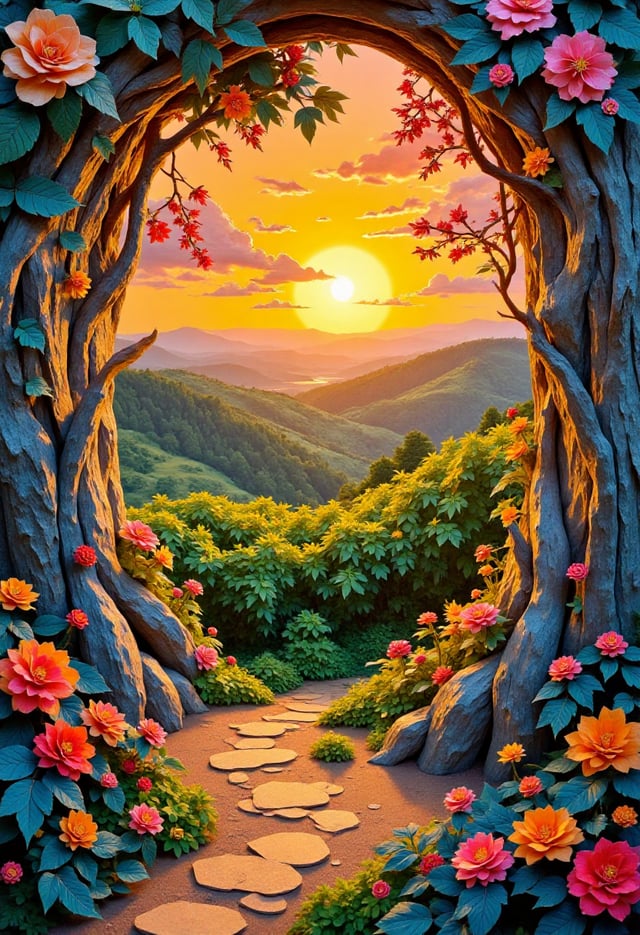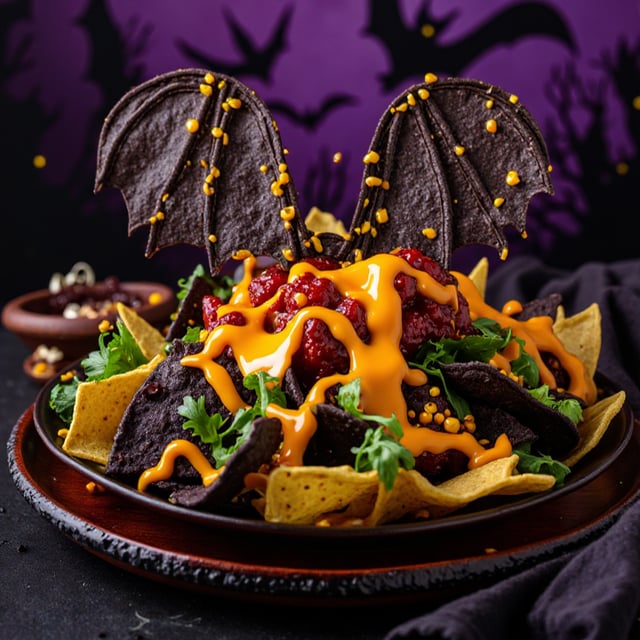Creating Halloween2024 Themed Art with Flux on Tensor Art
Get ready to explore your artistic side this Halloween by using the Flux model on Tensor Art. This guide will help you create stunning, spooky images that capture the spirit of the season.Understanding FluxSo, what is Flux AI? Flux is an advanced AI model similar to Stable Diffusion, designed to generate high-quality images based on textual prompts. For a deeper understanding, I have a comprehensive blog post with 4,000 words that covers everything in detail. You can check it out here: Flux AI Overview.By writing detailed and imaginative prompts, you can create unique Halloween-themed artwork. An easy way to get started is to use AI to help write your prompts. This method is quick and requires only a brief description for you to generate images.Writing Effective PromptsTo begin, it’s crucial to know how to write effective prompts. A well-crafted prompt should be descriptive and evoke vivid imagery. Here’s an example prompt for a Halloween scene that you can adjust slightly or use directly:Sample PromptA striking and surreal scene that combines elements of both the natural world and fantasy. Dominating the composition is a massive, reptilian eye, filling almost the entire frame. The eye is highly detailed, with a slit-like pupil that suggests it belongs to a large, powerful creature, perhaps a dragon or another mythical being. The texture around the eye is rugged and scaly, giving the impression of ancient, weathered skin. In the lower portion of the image, a solitary human figure stands before the eye, dressed in a flowing black robe. The figure is tiny in comparison to the colossal eye, emphasizing the vast difference in scale and power between the two. The person stands on a surface that appears to be water or mist, which reflects the eerie, otherworldly light that surrounds the scene. The atmosphere is misty and dreamlike, adding to the sense of mystery and awe. Overall, the image is both dramatic and thought-provoking, blending cultural elements with a fantastical imagination to create a visually captivating scene.Good luck with your creations!Additional Models for Halloween FunYou can also explore some other interesting models for your Halloween projects, such as:Face Swap with Anyone! HALLOWEEN2024: Change your face with any character and create a fun Halloween experience.LORA Models:APT.-MV Style or Lam Panda Cute: Use this LORA to enhance your images.More Halloween LORA OptionsGhoxt: A ghost that you want to catch and "collide" with you. Oh My Ghoxt!: Perfect for creating unique and interesting paper images.Layered Paper: Paper Cut F1 or Lam Panda F1: Create unique layered paper models.Origami Models: Paper Craft F1 or Lam Panda v1: Explore various origami designs. (interesting photo of a user using my model)With these tools and prompts, you're all set to create captivating Halloween-themed artwork. Enjoy the process and let your imagination run wild!























